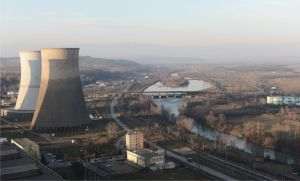Whether we want to admit it or not, things are changing, not always for the better, around us. Over a thousand glaciers in Tajikistan have disappeared in the past three decades, the energy minister of this Central Asian republic warned on the sidelines of the annual UN Climate Change Conference (COP29). The region depends on the water resources contained in these glaciers, whose melting is accelerating. "Over the past 30 years, out of 14,000 glaciers in Tajikistan, over a thousand glaciers of vital importance for the entire region have disappeared," said Tajik Minister of Energy and Water Resources, Daler Djouma. "The rapid melting of glaciers due to climate change constitutes a serious threat in a global context of protecting water resources," the official continued, quoted on the ministry's website, during this thematic meeting. The event was organized by Kyrgyzstan, another mountainous republic in Central Asia that is facing melting glaciers. In Central Asia, an arid and landlocked region, water resources are found in Kyrgyzstan and Tajikistan, each hosting between 10,000 and 15,000 glaciers. Glaciers act like water towers, being crucial for the food security of Central Asian countries, feeding watercourses, especially in months without precipitation. However, these essential reserves of fresh water are inevitably decreasing. Glaciers in Central Asia are at risk of disappearing completely by the end of the 21st century, mainly due to global warming, which will lead, according to the UN and scientists, to severe water shortages in this region where approximately 80 million people live and which is experiencing significant demographic and economic growth.
Over a thousand glaciers have disappeared in 30 years in a single region
O.D.
English Section / 18 noiembrie 2024



























































